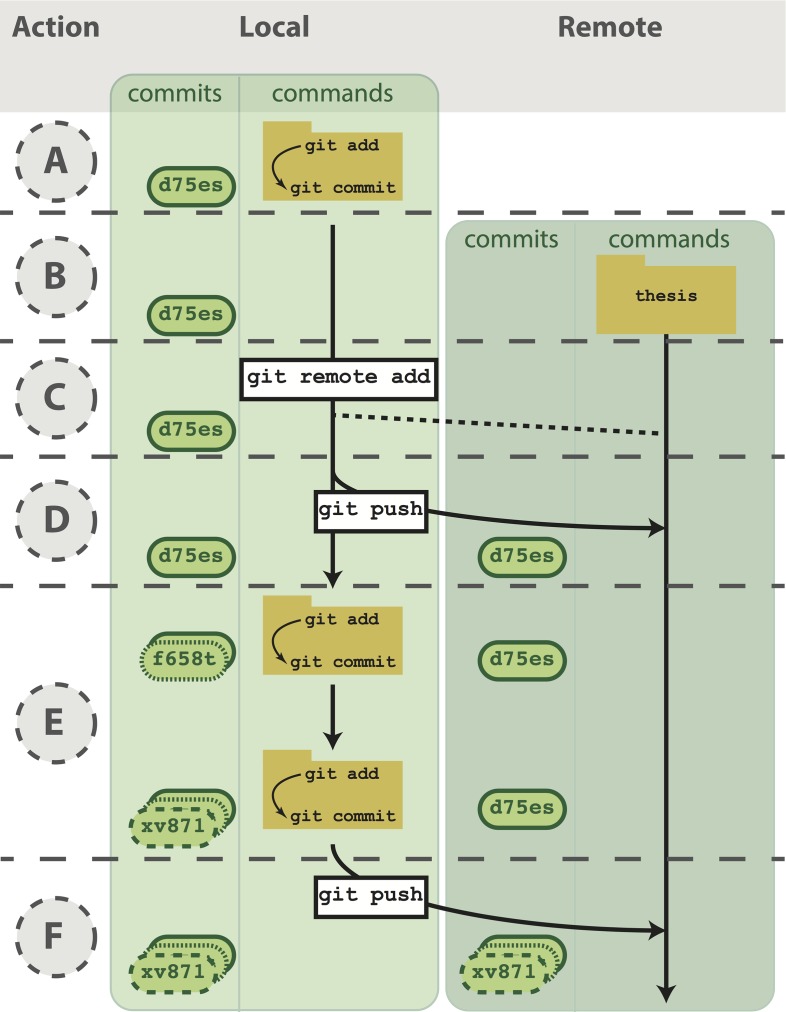Fig 3. Working with both a local and remote repository as a single user.
(A) On your computer, you commit to a Git repository (commit d75es). (B) On GitHub, you create a new repository called thesis. This repository is currently empty and not linked to the repo on your local machine. (C) The command git remote add connects your local repository to your remote repository. The remote repository is still empty, however, because you have not pushed any content to it. (D) You send all the local commits to the remote repository using the command git push. Only files that have been committed will appear in the remote repository. (E) You repeat several more rounds of updating scripts and committing on your local computer (commit f658t and then commit xv871). You have not yet pushed these commits to the remote repository, so only the previously pushed commit is in the remote repo (commit d75es). (F) To bring the remote repository up to date with your local repository, you git push the two new commits to the remote repository. The local and remote repositories now contain the same files and commit histories.

